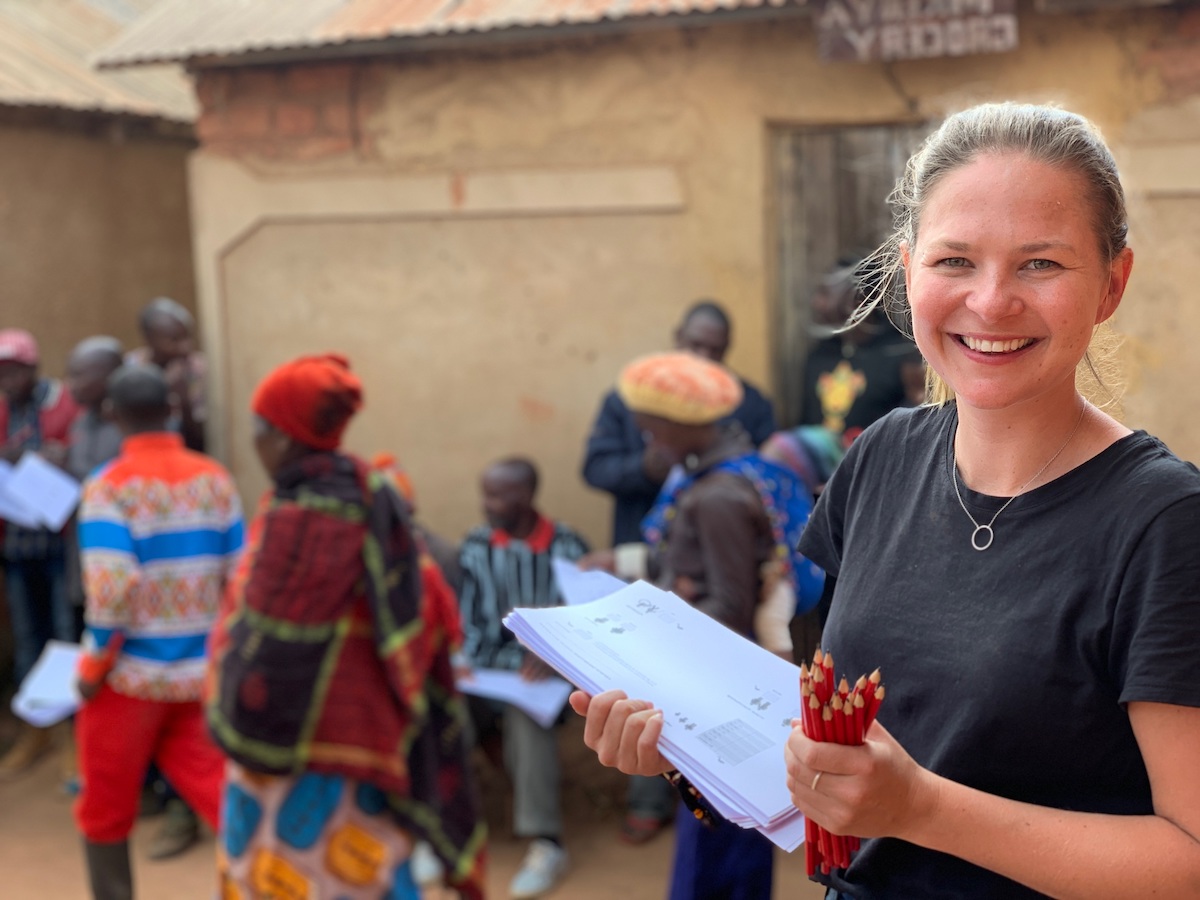Role & Organisation:
Huber Social, Chief Operating Officer
What was your first job?
My very first job was coaching netball. Two 15 year olds teaching a team of 10 year olds how to play – it was mayhem. My first ‘real’ job out of university was at Freehills, a big corporate law firm. Although I enjoyed the camaraderie at the firm, I very quickly worked out drafting contracts wasn’t for me.
When did you know you wanted to work in the social impact sector?
After working in corporate law and then a time in branding agencies I was looking to spend my time on this earth in a more meaningful way. However, I could never see myself working at the front line of the social sector. When I learnt about social impact measurement it was a light bulb moment for me – a combination of my business and marketing knowledge and an opportunity to strengthen social solutions at a systematic level.
When did you first discover the concept of Impact Investing?
I became really interested in the idea of blended or shared value when in my marketing career. The idea that financial and social value could work together, and in fact that social value could lead to increased profits.
I only truly learnt about Impact Investing once I moved to the social impact measurement sector. It’s been a brilliant test of our measurement framework to create a methodology that can be applied consistently across a diverse portfolio. Within impact investing I’m most enamoured by those rare gems who are seeking social impact first, with financial returns considered necessary but secondary.
What’s one exciting development you and your team have in the pipeline?
We’re currently pitching to build a Global Wellbeing Intelligence Platform, providing everyone access to a baseline wellbeing score for their community and an understanding of the areas of needs to focus on in order to improve that wellbeing. It will work across different demographics and sectors, driving resources, in terms of time, money and effort, to have the most efficient and effective use.
In addition to providing data to solve social issues, organisations can use the data for their own impact measurement by comparing data from their own clients or community members against the baseline. We really want to make data and impact measurement very accessible so that it’s used in all decision making.
What was the most interesting impact project (from any team across Asia/Pacific) in the past 12 months?
Who Gives a Crap raising over $40million recently was exciting not only because it proves that a social enterprise is a successful business model, but also because of who was funding the raise; a new generation of for-profit founders such as Mike Cannon-Brookes, Kate Morris and Cameron Adams, came together to fund a for-purpose organisations through impact investing, rather than the traditional route of pure philanthropy. It will hopefully start a very sustainable cycle of funding.
Name one high impact company (globally) that investors should keep their eye on?
The Te Puna Hapori Infrastructure Fund in New Zealand being managed by Brighlight is one to watch. It’s a community-driven infrastructure debt fund that is all about supporting local community stakeholders to decrease deprivation.
The investors behind this fund are truly enlightened investors who are using impact investment to achieve social change, rather than having it as a bonus to the financial returns. The fund’s strategy is driven by a deep understanding of the needs of the community and puts the power back into communities to meet the needs of their people.
What’s your vision for social impact measurement in 5 years time?
My vision is that social impact measurement is considered critical for every social impact decision, and that we are consistently using data to direct resources to areas of need that have the biggest effect on overall wellbeing – not just achieving what the funder or organisation set out to achieve because they have an area of interest or decided that is what the community needed without consulting them.
I would also hope that the sector understands the importance of listening to the people impacted by an initiative and are using data that comes directly from those communities, rather than objective proxies or easy to access metrics.

